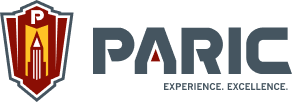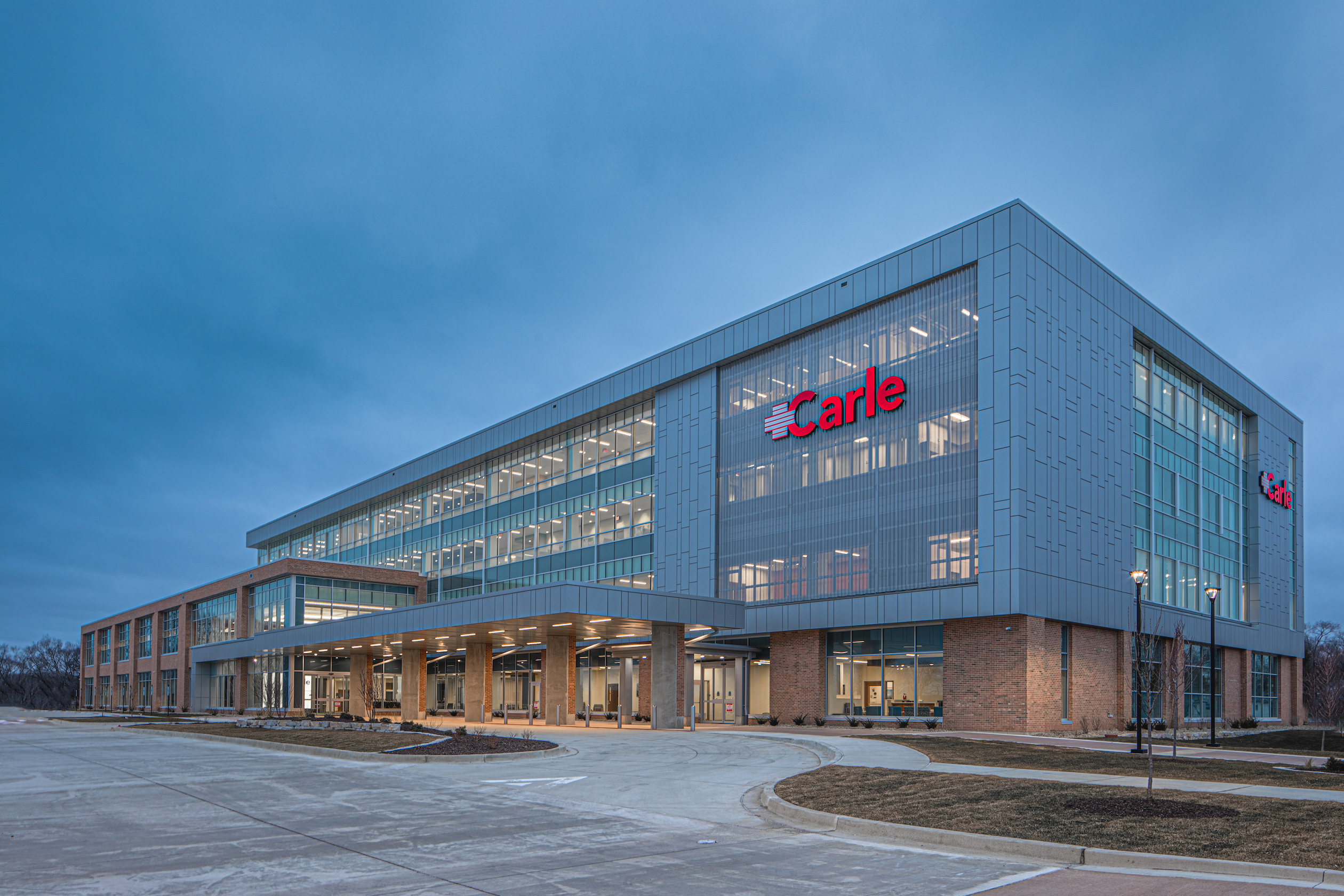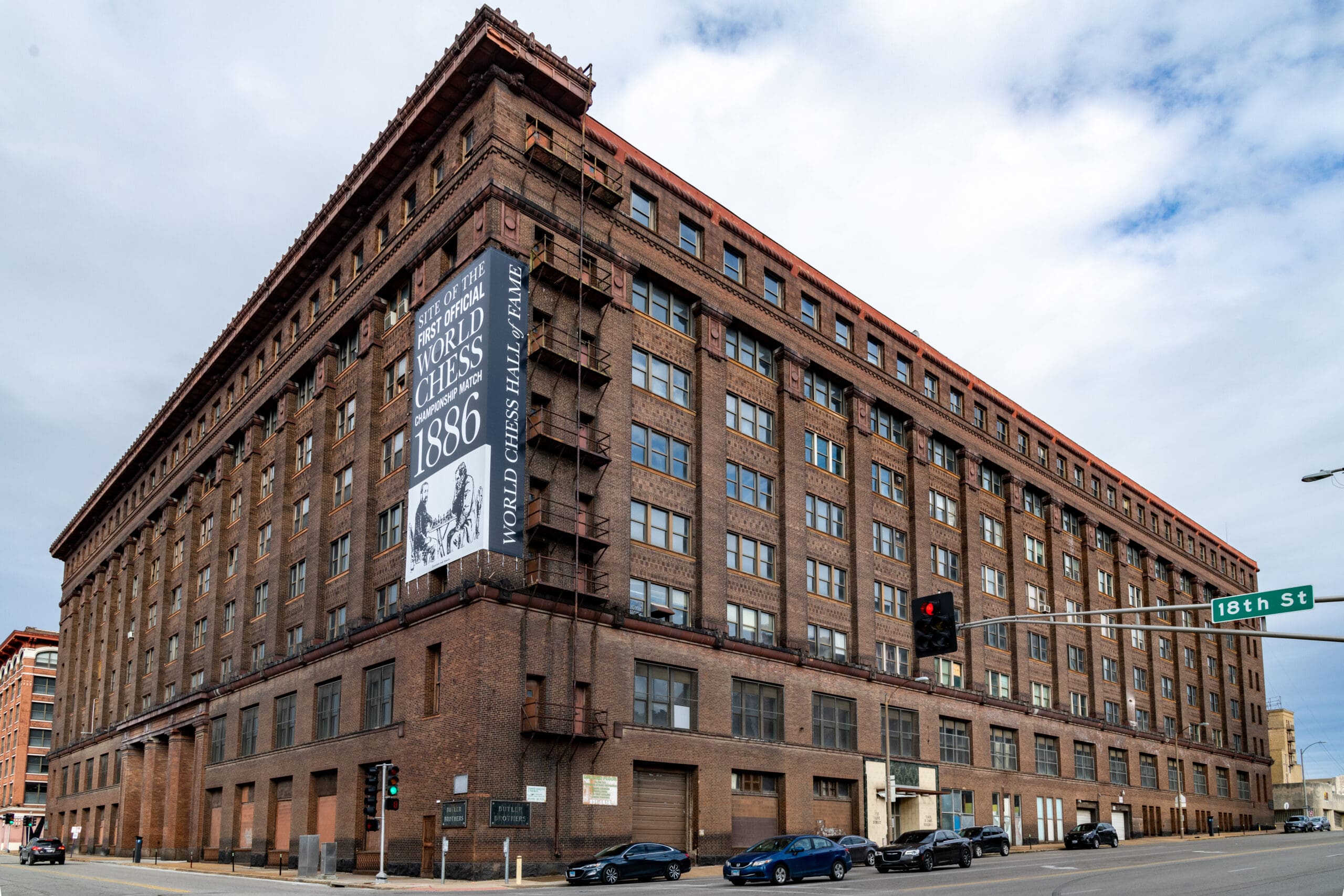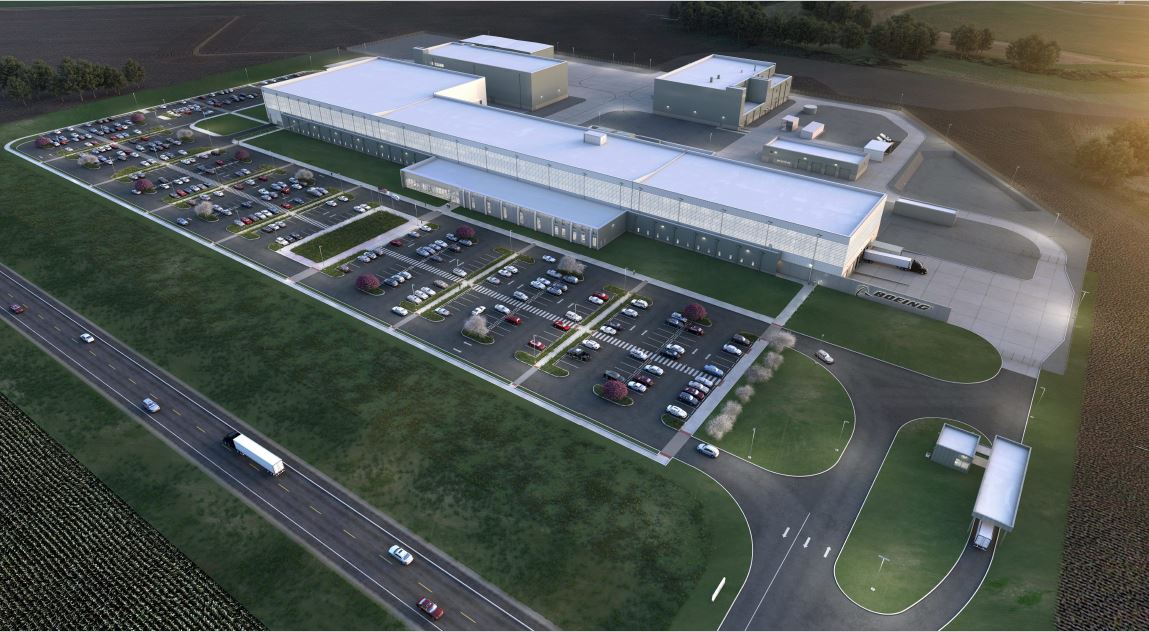
Project Update
Innovating for the Future of Aviation
For 90 years, Boeing has been producing carrier aircraft for the Navy. With the MQ-25 Stingray, Boeing enters the next technological frontier, constructing the first unmanned aircraft in history which can refuel fighter jets in flight. To manufacture a fleet of this aviation innovation, Boeing needed a facility up to the task. Boeing turned to PARIC.
“This is one of those projects that I brought my family out on a Saturday to see,” said PARIC Superintendent Adam Paul. “It’s pretty cool that we’re part of this. You know, one day, this drone is going to be refueling fighter jets. It’s going to be used to protect the American way of life. We talk about it on the job site. There are workers out here that are veterans, so it’s definitely something we are proud of.”
The sleek, silver drone is designed to operate from aircraft carriers, where it refuels fighter jets in midair, extending the jet’s range by 1,000 miles. The tanker can operate in hostile environments, providing critical support to American troops and allies around the world.
The Boeing facility is truly a campus, and PARIC’s single largest project to date spans a 34-acre greenfield site and 12 unique steel-framed buildings. The project required 25,000 cubic yards of concrete, seven million pounds of steel, and 15 miles of mechanical and plumbing piping. Located at MidAmerica St. Louis Airport, the buildings stand at 300,000 square feet and will initially employ approximately 150 mechanics, engineers and support staff.
“We were putting together all of our logistical plans, getting all of our contracts pre-drafted, all of our purchase orders typed up and ready to go,” Project Engineer, Dan Corkery said. “Once we got the notice from Boeing, we sent out contracts to all of our key players the next day. It was critical to get out of the gate successfully.”
– DAN CORKERY, PROJECT ENGINEER
PARIC Builds Answers
The Boeing project began under difficult circumstances. Still in the throes of the COVID-19 pandemic, PARIC knew that securing the right materials and locking in the best team would be a challenge. On this build, PARIC’s approach to pre-construction would prove essential to success.
“We were putting together all of our logistical plans, getting all of our contracts pre-drafted, all of our purchase orders typed up and ready to go,” Corkery said. “Once we got the notice from Boeing, we sent out contracts to all of our key players the next day. It was critical to get out of the gate successfully.”
Once the project was out of the starting blocks, the team faced another challenge outside of their control—the weather.
“The first winter when we were setting a lot of steel and doing foundation work, we had a lot of bitterly cold days and a lot of precipitation,” Corkery said. “We were up to 40 or so weather days, but despite all that, we could complete phase one on time. This was a huge milestone for Boeing and us because of their obligations to the Navy.”
The team cites quality planning and collaborative scheduling, especially with the subcontractors, as the keys to hitting their targets.
“That is one of the things PARIC does well, collaborating with our subcontractors and getting their feedback regarding schedule and approach to projects,” Corkery said. “I have worked for other general contractors in the past where it was their way or the highway, which turned out to be an inefficient approach.”
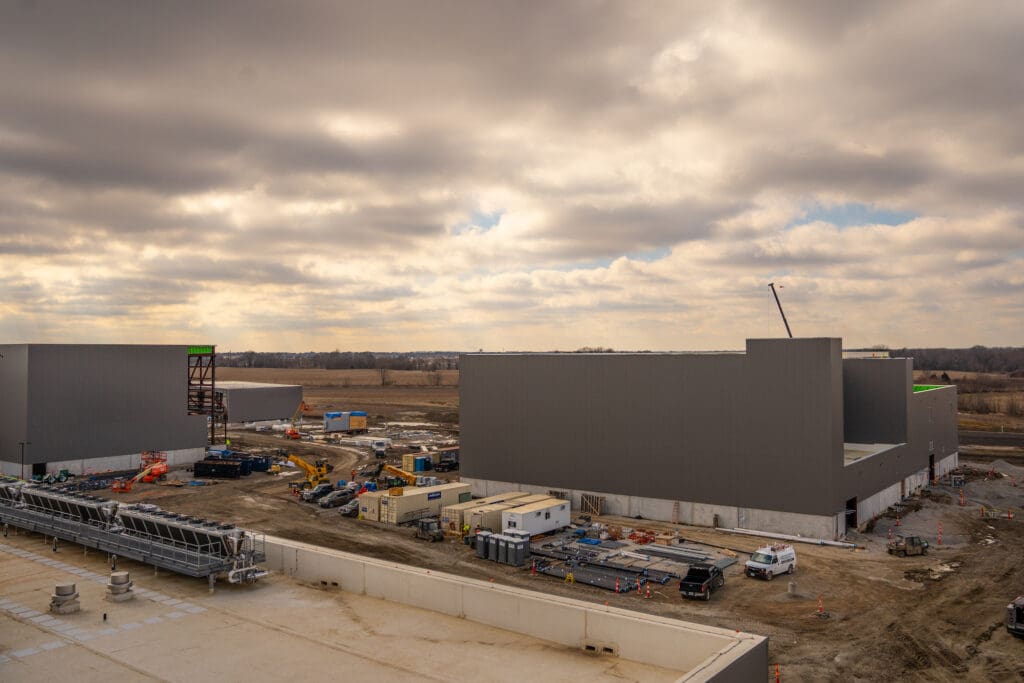
Commitment to the Job
PARIC’s teams make all the difference in the successful execution of a project. The Boeing group is no different.
“The team we have here is just unreal,” said Paul. “The folks I work with daily are second to none.”
PARIC employees approach every project with a dedication to getting the job done right, on budget and on time, which sometimes means long hours and commutes, but PARIC does its best to recognize not just the commitment from its employees but their families too.
“The senior vice president in charge of the Boeing project took our team and their spouses to dinner,” said Paul. “And he said a lot of nice words about everyone, but he also recognized and thanked our spouses for all of the hours we spend away. He recognized the dedication we all have.”
For Corkery, it is growing the team that is the best part of the job.
“I enjoy building teams. It is beyond building buildings; it is developing and growing people,” Corkery said. “It is rewarding to see people come together to overcome challenges, solve problems, and have mutual successes. For me, the story of how we got to the resolution is a lot more enjoyable than the resolution.”
